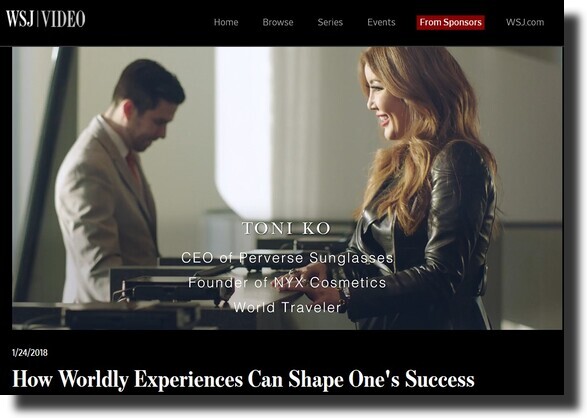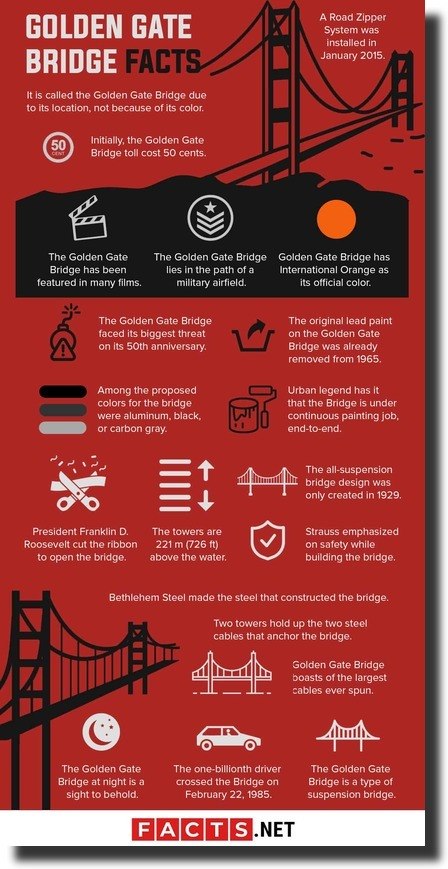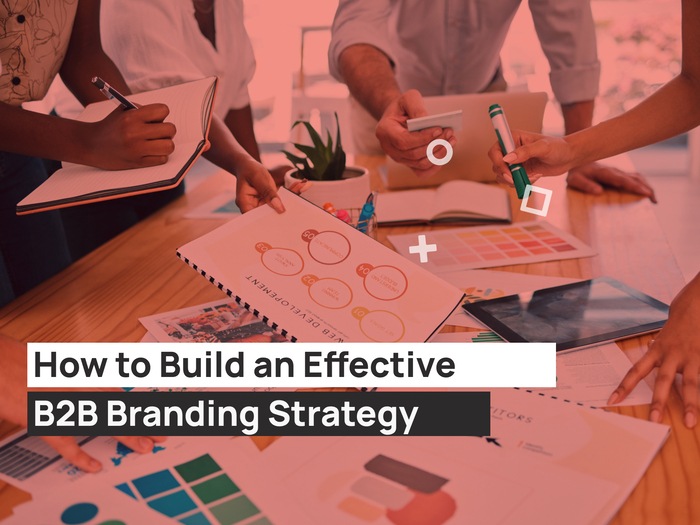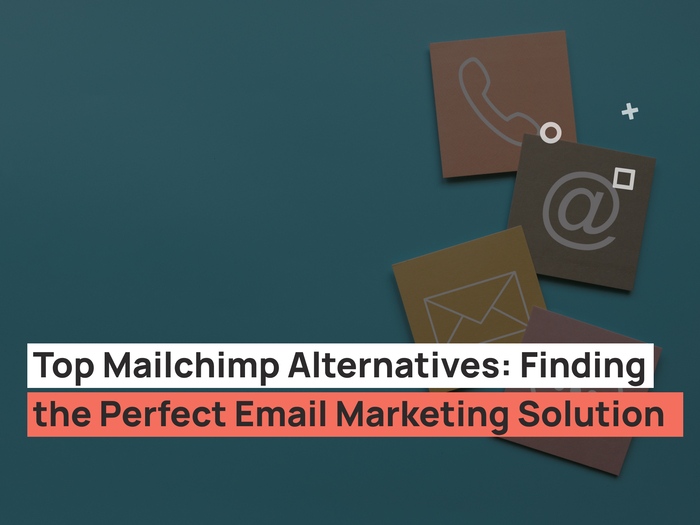Traditional advertising is rapidly (and somewhat completely) being replaced by digital forms of brand promotion – including sponsored content. Sponsored content is one of the most popular and effective ways for businesses to elevate their marketing and advertising game.
So, in this article, we will take an in-depth look at what sponsored content is. More importantly, how it helps businesses. And we’ll also cover some of the best practical sponsored content tips 2022, as a business year, can be transformed entirely with!
What is sponsored content?
Before we get into the more comprehensive part of this guide, it is important to understand what sponsored content is.
Essentially, sponsored content is one of the branches of paid advertising. It can be paired with any sort of content. Regardless of whether it is an article, a social media post, infographic, or a video, it can be sponsored.
You can always create sponsored content yourself, but usually, brands pay content creators and experts to produce the content. And then publish it on their platform for the business! So – think influencer marketing or YouTube sponsored videos. That’s exactly what sponsored content is; a form of paid advertising that involves engaging and paying a third party to promote your products to your target audience.
In the USA, Federal Trade Commission has made it compulsory to mark any and every form of sponsored content with relevant notes such as “sponsored by” or something similar. So you can almost always tell whether a post is sponsored or not.
Types of sponsored content
We briefly mentioned that paid sponsorship can come in many forms. However, for deeper understanding, let’s have a look at all the different formats that sponsored content can take the form of
- Infographics
- Social media posts
- Podcast episodes
- Webinars
- Events
- Videos
- Blog posts
- Articles
- Listicles
What’s the difference between sponsored content, native advertising, and advertorials?
Just by the name of these, you can tell that they are completely different forms of advertising. However, in practice, it is not unusual for people to be confused between these three advertising formats, and hence it can be beneficial to take a look at what are the main differences between the three.
Since you already have an idea about what sponsored content is, let’s take at the other two formats. And also identify the differences in reference to them!
Native advertising
Native advertising is also a kind of paid advertising. However, the paid ads used in native advertising match the function, feel, and even the look of the media format in which they appear. For example, remember that post on your Instagram advertising XYZ?
It looks exactly like something you and I would post on our personal feeds and hence looks more like personal content as opposed to adverts in their traditional, generic form.
Types of native advertising
Some prominent examples of native advertising include:
- In-feed ads
- Search and promoted listings
- Content recommendations
Differences between native advertising and sponsored content:
The main differences between native advertising and sponsored content are as follows:
- Native ads directly offer products and services whereas sponsored content doesn’t
- The role of the publisher is a lot more relevant for sponsored content in comparison to native ads.
- Sponsored content doesn’t necessarily have to match the function, feel, and look of the platform it is displayed on
| Native ads | Sponsored Content |
| Native ads offer products and services directly. | Sponsored content offers products and services indirectly. |
| The role of the publisher is not very important. | The role of the publisher is very important. |
| The format of the content has to match the platform. | The format of the content does not have to match the platform. |
Advertorials
These are ads that are specifically designed to look like an article produced by the publisher. Whether the platform is a newspaper, a magazine, or a blog, advertorials appear as a normal article that is dedicated to providing more information about the brand and persuading readers to engage with it.
Types of advertorials
Advertorials can be categorized into the following three types:
- Image advertorials
- Advocacy advertorials
- Journalism advertorials
Differences between advertorials and sponsored content
The main differences between advertorials and sponsorship content are as follows:
- Advertorials are considerably more persuasive than sponsored content.
- Advertorials are focused on the brand itself and providing as much information about it as possible. Whereas sponsored content is focused on a user’s concern.
- Advertorials usually adopt a more serious and imperative tone as opposed to sponsored content which is typically entertaining and fun.
| Advertorials | Sponsored Content |
| Advertorials are more persuasive. | Sponsored content is more entertaining. |
| Advertorials are brand-centric. | Sponsored content is audience-centric. |
| Advertorials are serious in tone. | Sponsored content is light-hearted. |
Why is sponsored content a good option?
Now that you know exactly what sponsored content is and how it differs from other forms of advertising, you must be wondering why it is a good option for brands to opt for – and if, or when, your brand needs it.
Firstly, sponsored content is great in terms of you building a reputation for your brand and establishing thought-leadership. At the end of the day, you are using it to showcase your expertise and prove to people that you have considerable knowledge and skills in whatever your niche is. And more importantly, you are reaching out to people on a platform that they already trust and value. Which makes it all the easier to represent your brand as trustworthy.
Secondly, referral traffic! Promoted content and sponsorship advertisement is a great way of driving referral traffic to your own assets. Most publishers link to your website or other channels in their sponsored contents so that they can send their own audience your way. For a business that is looking to increase its traffic, sponsored content is a great way to make it happen!
However, remember that this aspect depends on how well your publisher’s channel, as well as the sponsored content, does. This is why you need to make sure that it is made in the correct way – something we look into later in the guide.
Lastly, sponsorship advertisement is also a great way to tap into a specific audience. If you choose your publisher wisely, you will be able to tap into the exact kind of audience that can prove to be beneficial for you. Sponsored content will help you get in touch with people who perfectly match your buyer persona – and that too without any major hassle from your side!
Because of this, sponsored content is also considered to be the fool-proof way of gaining quality leads and establishing the right audience base for your brand.
Apart from all of this, such content is also a great option when you don’t want to or don’t have the resources to create marketing assets and ads yourself. You employ an influencer or an expert, and let them do all the hard work while you and your brand receive the benefits. It can save you a lot of time, and potentially even money in terms of your marketing efforts as a business.
Tips and tricks to create sponsored content
So, we know what sponsored content is and why it is important – but do we know exactly what to do when it comes to creating sponsored content that leads to success?
That is what this is section all about! Usually, your publisher is going to be responsible for creating sponsored content, hence the nature of the content itself will depend on them. However, even in this case, they will directly be getting the guidelines from you.
Here are a few things to keep in mind when it comes to creating sponsored content:
Identify audiences and buyer personas
As mentioned earlier, sponsored content is the ultimate way to meet your ideal buyer – which is why it should be dedicated towards the ideal buyer from the get-go! What we mean by this is that before you start with content creation, you must develop and identify a strong buyer’s persona. This will guide the direction of the content and help you create a message that actually resonates with your audience.
Keep it fun and entertaining
The defining characteristic of sponsored content is that it is light, fun, and entertaining. It is important to not confuse it with native advertising and advertorials mainly. Because neither of the two is as interactive and personal as sponsored content. For this reason, avoid sales language and try to make content that the viewer will enjoy interacting with.
Focus on the viewer
Now, in the grand scheme of things, it is obvious that sponsored content is made to benefit your brand. It will obviously provide information about what you do, how you are different, and why you should be picked over your competitors. However, focusing solely on your brand can actually cause more harm than good. For this reason, it is better to adopt a customer-centric approach with all your ads. Address the pain point of your customers, and then present your product/service as a solution.
Don’t make it sound like an ad.
This one might seem a little weird to you – after all, isn’t the purpose of the content to BE an ad? Well, no! At least not in the traditional sense. Sponsored content is meant to blend in with local content, which is why it is so good in terms of reaching out to an audience.
If people think that your content is hard to sell or appears as an ad, it is more than likely not to do well. Therefore, always ask the publisher to be authentic about your product. Although they present you in a positive light, the content shouldn’t be all praises!
Respect FTC guidelines.
As we discussed, Federal Trade Commission requires all sorts of such content and ads to be labeled as such. This is to ensure that people aren’t misguided, and are essentially making an informed choice when it comes to your product.
Therefore, you should always abide by the rules set by FTC – use relevant hashtags and other marks, and don’t mislead your users!
Be creative.
Can’t stress this enough: be creative! You need to understand that just like you, there are millions of other brands trying to win their audiences over with ads. If you really want to get the attention of your ideal buyer, you have to do something different, something that truly hasn’t been done before. And although you will be using the same tools and methods as every else, you can stand out by creating content that is creative.
For example, when the rest of the people in your niche are focused on providing infographics, graphs, and stats. Why don’t you employ a meme just to get the same message across? It will be unique and creative and hence is likely to do much better with your audience.
Sponsored content example
This is where you can get all your inspiration for sponsored content from! We take a look at some of the best examples of such content – these posts just knew what they were doing. What you can do is go through this list, see which type of sponsored content strikes you the best, and then fashion your own posts in accordance with that.
Sounds good?
Then let’s get started!
InterContinental x The Wall Street Journal

How Wordly Experiences Can Shape One’s Success is a video that was sponsored by Intercontinental Hotels and posted on the Wall Street Journal website. The video focuses on a CEO of a company, who ponders upon the effect of her Korean heritage on her work while she indulges in her luxurious surroundings. So, it is a video that targets senior-level business professionals – which is the Wall Street Journal turns out to be the perfect channel for it. This is the kind of content you should be aspiring towards.
Mountain Dew x Vice Media

The exclusive interview with Julia Marino by Mountain Dew posted on Vice in 2018 is another phenomenal example of sponsored content. It is a long-form blog post/article that focuses on Julia Marino’s life and journey towards her medal-winning success for the 2018 U.S. Olympic team in Pyeongchang. It contained references to events sponsored by Mountain Dew. It was the perfect way to push the brand into the customer’s perspective without explicitly selling it to them.
Wells Fargo and San Francisco Travel x Good Media
Infographics are yet another form of such content and can be used to tap into a great segment of a brand’s audience – mainly because 50% of our brains are focused on visual processing. Following this, the infographic titled, “7 Things You Didn’t Know About the Golden Gate Bridge” was posted on Good Media’s website, as a sponsored post for Wells Fargo and San Francisco Travel.
The main purpose behind the post is to encourage tourism in the city. Therefore, the infographic was visually appealing, incorporated some very appealing information about the bridge. Unfortunately, we can’t find the exact infographic anywhere, but here’s the kind of thing you should be looking for:

UPS x Good Media and Kiki Karpus

Another sponsored infographic, and fortunately, we did manage to get out hands on this one! This is sponsored by UPS and covers the grandiosity of logistic services and the process that encaptures the process of taking a package from its source to the doorstep of the recipient. The reason why this is the perfect example of sponsored content is that it provides value to the reader, and instead of selling UPS, sort of gently pushes the reader into considering UPS due to the well-depicted thought leadership.
In general, what all four of these examples do and what YOU should be doing with your promoted content is make something that is focused on addressing the viewer’s needs, rather than your own. When it comes down to it, the only way to ensure that your piece of sponsored content is to ensure that it is based on something that the user can benefit from as opposed to something only you as a brand will be benefiting from.
Summing it up
Whether you are a small business or a big establishment, it can help you expand your success. It is one of the best ways to reach out to your target audience. And also urge them to engage with your brand.
For more tips and tricks on how to win your audience and elevate your business strategy, visit the UPQODE blog.



